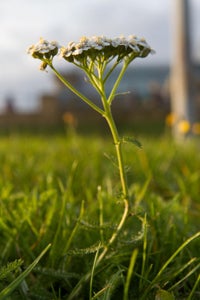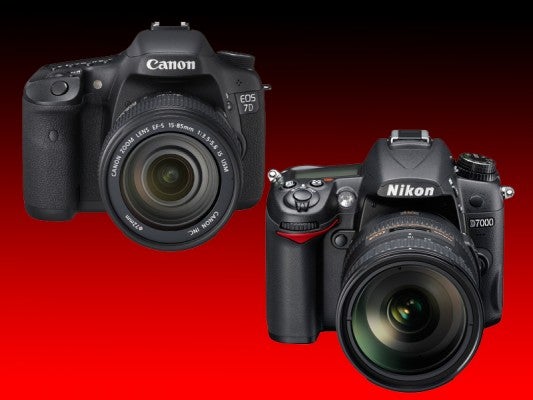DSLR head to head: Nikon D7000 vs Canon EOS 7D Images Quality
Image Quality
Canon EOS 7D
The metering system ensures an extensive tonal range but manages to keep both highlight and shadow details with little problem. For trickier scenes the 7D features a Highlight Tone Priority function to avoid losing highlights by altering the metering before taking the shot, and an Auto Lighting optimiser that can be set to Low, Standard, or Strong and uses processing after the shot to adjust the brightness and contrast

The auto white balance is as reliable as you could ask for, whether shooting indoors, outdoors, in daylight or low light. It was consistently accurate no matter what light source was thrown at it. If anything, tones did verge onto the cool side but this was often against skin tones, which were perfectly balanced. Colours didn’t feel as muted as with some EOS models, especially when the Auto Lighting optimiser was used or Raw images were opened into Adobe Lightroom.
JPEG images show definite signs of noise processing, which manages to make even ultra-high ISO values appear usable by removing the nasty colour noise with very little loss in image detail. The unprocessed Raw files show some fairly heavy colour noise above ISO 3200 but in turn retain a little more detail, so by using the Raw file, and adding your own noise reduction, it is possible to get the best of both worlds.

When examining the Raw files, noise is visible in images above ISO 800. However, this is minor and only shows sign of the more abrasive colour noise above ISO 1600. If you allow the camera to perform noise reduction, however, noise is very minimal in appearance even at ISO 6400, and even the High-1 ISO 12,800 is not beyond use. With this level of quality on output almost no scene is beyond the camera, though for optimum results you should try to stay below ISO 800.

For most of the testing I used pro L series lenses to ensure the maximum quality from the 7D and I wasn’t disappointed. Images were extremely well detailed throughout, and blisteringly sharp even on some of the moving subjects.
Overall Score; 19/20
Nikon D7000
The brand new 2,016 RGB pixel sensor does a reasonable job of metering, though with the mid-shadow areas generally exposed for there were a number of instances when the camera drifted towards overexposure. This was present even in a number of scenes that wouldn’t usually fall victim to such circumstances, and so the availability of a +/-5 EV exposure compensation came in handy on a number of occasions.
As well as evaluative metering, a centre weighted and spot metering option are available and the size of the centre spot is size-adjustable through the menu system.

The results between Raw & JPEG are fairly subtle, with the apparent detail in both mightily similar. The main difference is that the JPEG files seem to have a mid-tone ‘push’ that lifts the exposure slightly.
Colour is fairly typical of the way many Nikon DSLRs perform, with a lean towards a warmer red/yellow cast in the majority of situations. The Auto White Balance is consistent, though can struggle under artificial fluorescent light where images can appear excessively yellow. This is a particular issue for studio work, whereby it’s best to manually set the white balance or select from one of the fixed-temperature presets as applicable.

With a high 16.2MP resolution, the general lack of image noise throughout the ISO range is an impressive feat to behold. There’s a great clarity to images from ISO 100-800 and, although colour and some luminance noise becomes noticeable hereafter, it’s not wildly disruptive to final quality. In fact, even images at ISO 3200 produce a grain-like quality that provides a good textured quality to prints. ISO 6400 is the top-end setting (at a push) for more critical use as colour noise reveals itself more in the shadow areas, and the Hi1 and Hi2 ISO 12,800-25,600 options should be strictly used for emergencies as softness through noise reduction can be problematic.

The 16.2MP sensor is highly resolute and images are impressively detailed. The 18-105mm lens exhibits familiar issues as per other wide-mid zooms, such as barrel distortion, though the overall results are adequate. It’s when attaching a more advanced lens that yet more can be yielded from the sensor.
Only the higher ISO sensitivities slightly soften images, though this only becomes apparent from ISO 1600 where a subtle shift is noticeable, though the Hi1 and Hi2 settings are fairly detrimental to fine detail due to noise reduction.
Overall Score; 18/20
Conclusion
Slight issues with the exposure in mid-shadowed areas sees the D7000 fall behind, making the EOS 7D marginally preferred.





